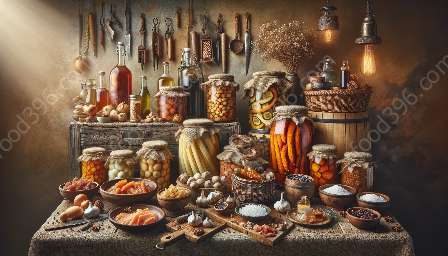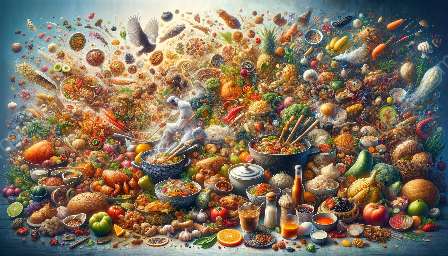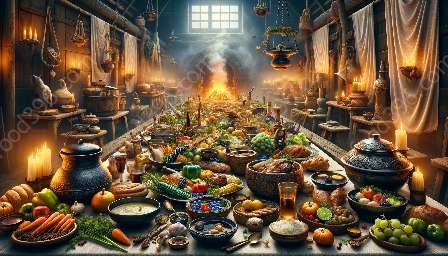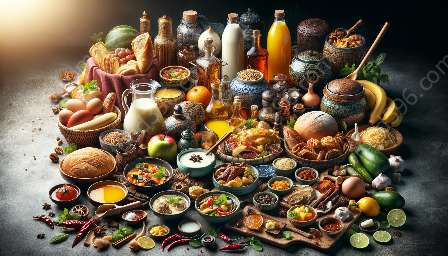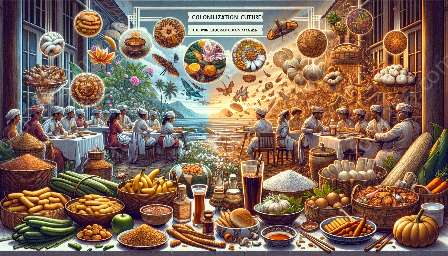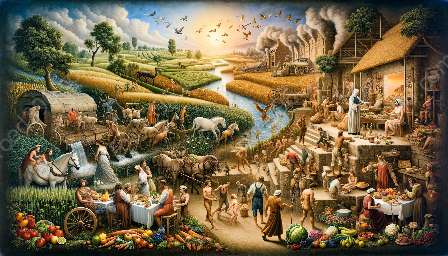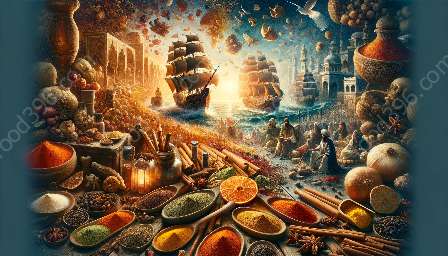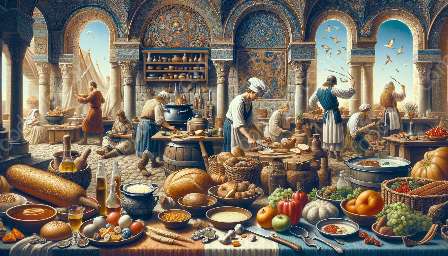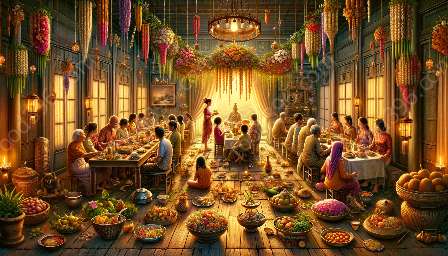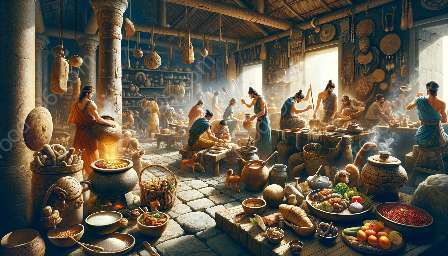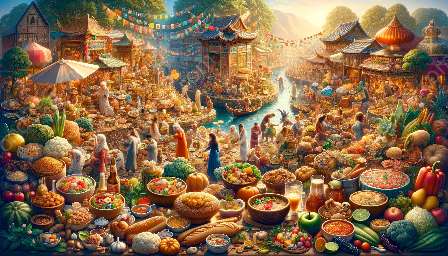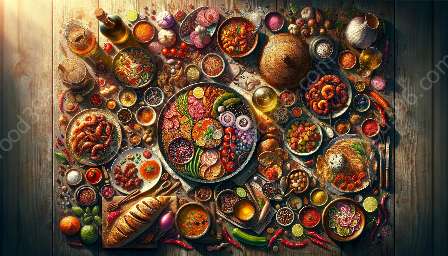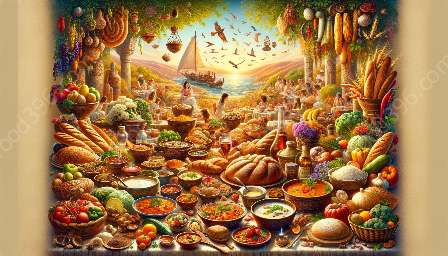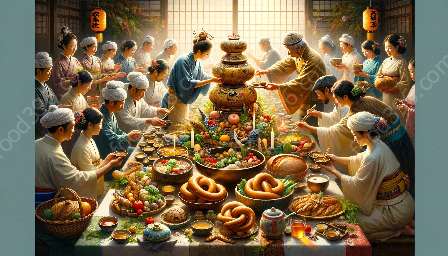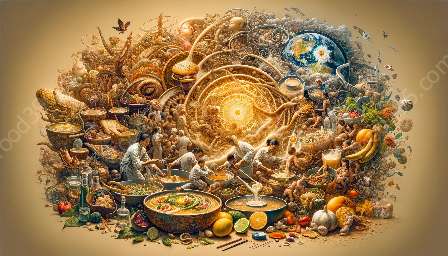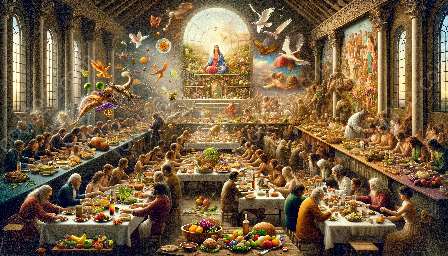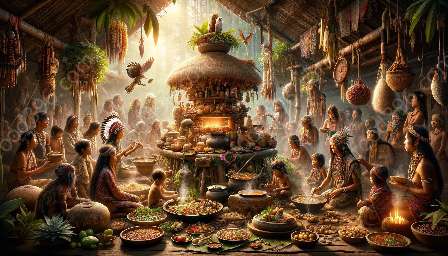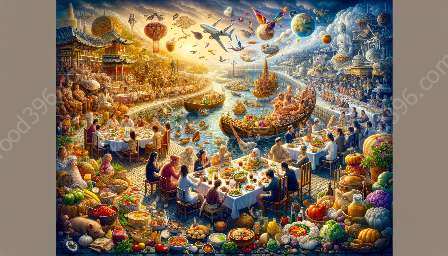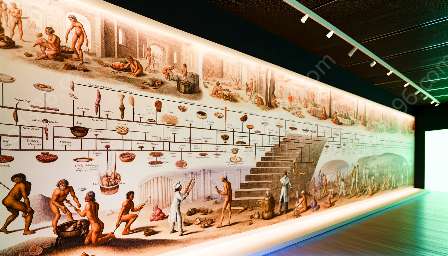Food culture is a dynamic and multifaceted aspect of human life, reflecting a combination of history, geography, climate, religion, and local customs. While food culture is a universal human experience, the ways in which people engage with food can vary widely based on their regional context. This diversity gives rise to a rich tapestry of culinary practices, traditional recipes, and unique customs that provide insight into the influences that shape what we eat and drink.
Cultural Influences on Food
The relationship between food and culture is complex and deeply ingrained in the human experience. Cultural influences, including historical events, societal norms, religious practices, and agricultural traditions, play a fundamental role in shaping regional food cultures. For example, the culinary traditions of Italy are deeply rooted in the country's historical and geographical diversity, resulting in a varied and rich food culture characterized by a wide range of regional specialties.
Historical Context
The historical context of a region is a crucial factor in shaping its food culture. Historical events, such as colonization, trade, immigration, and political upheavals, have left lasting imprints on the culinary traditions of different regions. Exploring the history of a particular cuisine can offer valuable insights into the influences that have shaped its development over time.
Geographical and Climatic Factors
Geography and climate also play a significant role in shaping food cultures. The availability of local ingredients, the type of terrain, and the climate of a region all influence the types of foods that are cultivated, harvested, and consumed. For example, coastal regions may have a strong tradition of seafood-based dishes, while mountainous areas might showcase hearty, warming stews and soups that reflect the need for sustenance in colder climates.
Traditional Recipes and Customs
Traditional recipes and culinary customs are at the heart of regional food cultures. These recipes are often passed down through generations, carrying with them the stories, traditions, and flavors of a particular community. From the spicy, aromatic curries of India to the comforting casseroles of the American South, traditional recipes are a celebration of the unique flavors and techniques that define a region's culinary identity.
Local Ingredients and Seasonal Cuisine
Local ingredients and seasonal cuisine are central to many regional food cultures. The use of locally sourced ingredients not only reflects the availability of resources but also showcases the flavors and culinary creativity of a specific region. Seasonal cuisine, with its emphasis on fresh, in-season produce, highlights the deep connection between food and nature, offering a glimpse into the agricultural practices and traditions that have shaped a community's cuisine.
Festivals and Celebratory Foods
Festivals and celebratory foods are an integral part of regional food cultures, serving as opportunities for communities to come together and honor their culinary heritage. Festive dishes often reflect the unique customs and traditions of a region, with specific recipes and rituals tied to religious, cultural, or historical events. These foods not only provide sustenance but also serve as powerful symbols of identity and belonging.
Globalization and Culinary Exchange
The increasing interconnectedness of the world has led to a rise in culinary exchange, resulting in the globalization of food cultures. As people migrate and travel, they carry with them their culinary traditions, leading to the fusion of flavors and the emergence of new regional food identities. This process of culinary exchange offers a dynamic lens through which to explore the evolving nature of food culture in a globalized world.
Adaptation and Innovation
As regional food cultures intersect and interact with one another, they undergo processes of adaptation and innovation. Traditional recipes may be reinterpreted, and new culinary techniques and ingredients may be incorporated, leading to the emergence of unique hybrid cuisines and culinary innovations. This fluidity and creativity in food culture reflect the dynamic nature of human interaction and the universal love for exploring new flavors and experiences.
Preservation and Rediscovery
In an era of rapid cultural change and industrialized food production, the preservation and rediscovery of regional food cultures are essential in celebrating and safeguarding culinary heritage. Efforts to preserve traditional recipes, support small-scale producers, and document local culinary customs play a vital role in ensuring that the diverse tapestry of regional food cultures continues to thrive and evolve.
Culinary Tourism and Education
Culinary tourism and education offer powerful means of discovering and appreciating regional food cultures. By engaging in immersive culinary experiences, such as visiting local markets, participating in cooking classes, and dining at traditional eateries, individuals can gain firsthand knowledge of the flavors, stories, and traditions that shape regional food cultures. Through such experiences, culinary tourism contributes to the promotion and preservation of diverse food traditions.
Conclusion
Regional variations in food culture provide a captivating lens through which to explore the diverse influences and traditions that shape what we eat and drink. From the deep historical roots of traditional recipes to the evolving culinary expressions of a globalized world, regional food cultures offer a rich tapestry of flavors, stories, and customs that celebrate the universal human experience of sharing meals and creating memories around the table.



